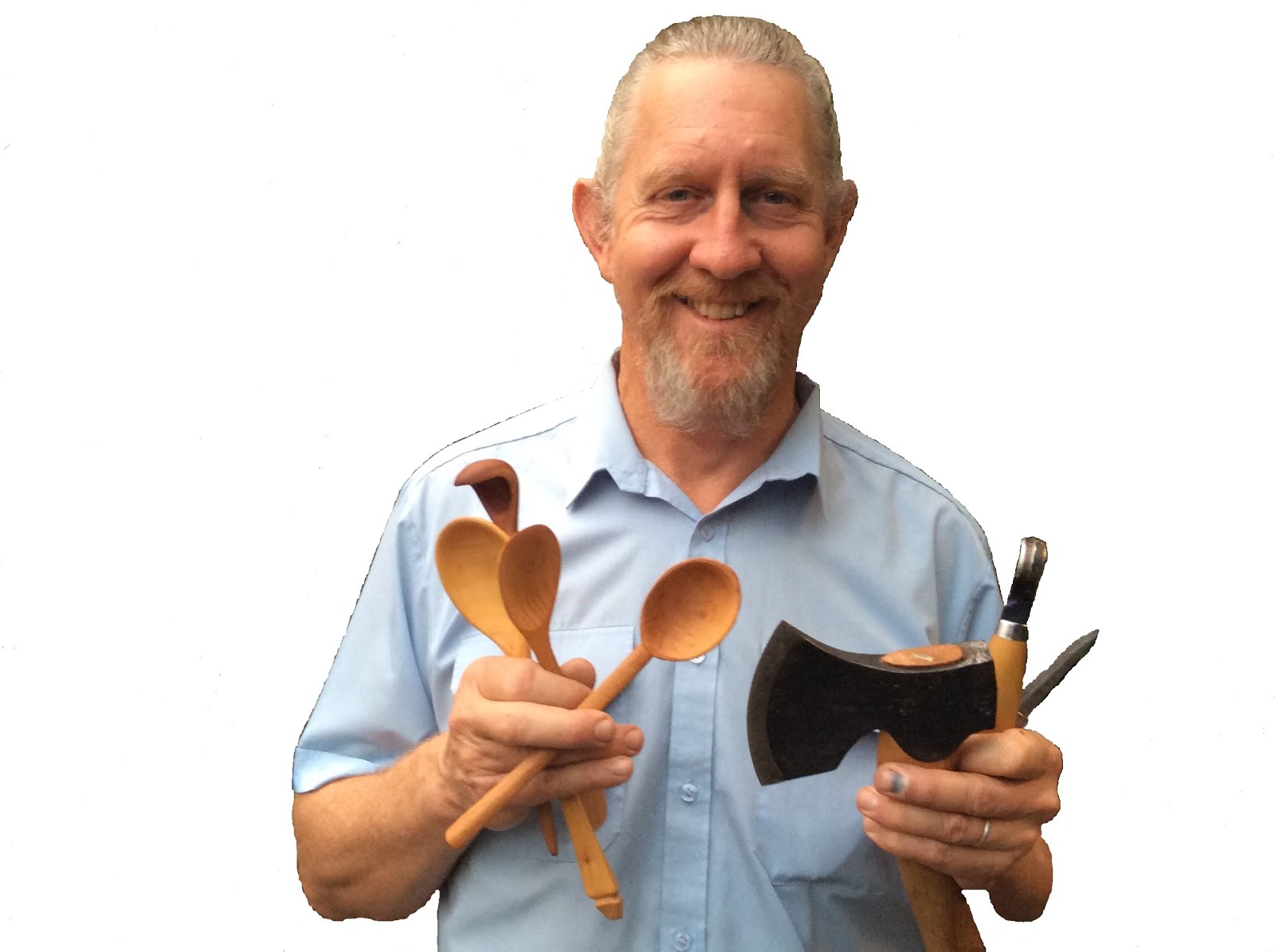At the Perth Wood Show last weekend, I picked up a lovely Canadian-made Disston tenon saw from the second hand tool stand run by the Hand Tool Preservation Society of Western Australia. It's a beauty! However it just needed sharpening...
 |
| Yep, a very nice Disston tenon saw, with the handle in very good condition. |
 |
| I have a few odd Disstons made in Canada. This is a new addition to my Canadian bunch. |
With a three day gig this week at a primary school doing woodwork with the K - 2 students, I needed another sharp saw on hand. I also had another tenon saw needing sharpening for the event -an older Disston saw. So it seemed a golden opportunity to get them both done during a window of opportunity I had on the day before the school program commenced.
 |
| The older Disston tenon saw, made in Philadelphia USA. |
About the variables in saw filing - rake, fleam, and set.
In a nutshell, RAKE is the vertical angle of the face of the tooth, which also determines the aggressiveness of the cut. If the rake was 0 degrees, the face of each tooth would be straight up and down. FLEAM is the angle of the face of the tooth in relation to the line of the teeth. If the fleam was 0 degrees, the teeth would be filed straight across. Rip saws are commonly filed like this, so that the teeth work like little chisels. Crosscut saws are filed with fleam up to as much as 30 degrees, which makes the teeth like little knives as they slice through the fibres of the wood. Set is the applied by bending alternating teeth either side of the tooth line. Increasing the set widens the kerf cut by the saw, which stops the sawplate from binding in the wood. However, the wider the set the harder it is to push the saw, and the less accurate the cut. Dovetail saws typically have minimal set, which enables greater accuracy.
These saws are going to be used mostly by small kids. I am still experimenting with filing angles and the amount of set which works best for the little people (age 4 up) who have short arms, limited muscle, and who are often using saws for the first time in their lives. This means that they are yet to get the hang of moving their saws in a dead straight line. The wobbling wrist and arm will tend to make the saw plate bind in the kerf, so a bit more set in the teeth than usual will help to prevent this. The trade off is that they have to remove more material to have a wider kerf, meaning more energy is required. It's a balancing act, and my experimentation is yet to achieve the optimum saw configuration for the little kids. The other ingredient in the equation is the type of material being cut. With the kids, I almost exclusively use softwoods and plywoods. With softwoods you would normally use a greater fleam angle than you would for hardwoods. So, I continue to experiment...
 |
| The new saw in the saw vise, ready for sharpening. |
After jointing, shaping and setting the teeth, I filed the teeth with a rake of 30 degrees and a fleam of 20 degrees - hence the angles. The kids will be mostly crosscutting in softwoods.
 |
| Teeth being filed for cross-cutting, with a rake of 30 degrees and a fleam of 20 degrees. |
 |
| Two nice Disston saws, sharpened and ready for action. |
I would have between 4 and 6 tenon saws in operation at the school. The picture below shows my standard "sawing station" set up. This 4 saw station is a bit like having 4 bench hooks set up on a pair of sawhorses. It also works really well, for right and left handed students.
 |
| The sawing station set up at the school ready for use. |
As I finish this post, I have completed the 3 day gig at the school. Eight classes of students had a great time making stuff - using hammers, nails, saws, and a pile of wood pieces. The saws worked flat out for much of that time. Amid all those cutting their pieces of wood to size, there are always a few kids who just love sawing! They might not make much, but they do create piles of little pieces! It's great seeing kids enjoying using tools for the first time. So empowering.
The verdict? For the really little kids, the 4 and 5 year olds, I reckon we might need just a little more set in the teeth... I'm still looking for the right balance...






.jpg)


